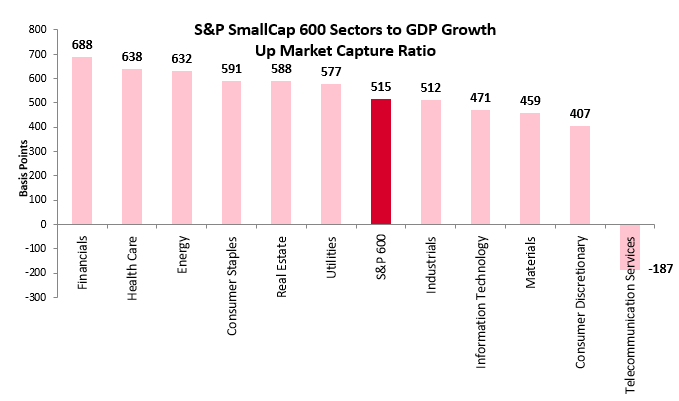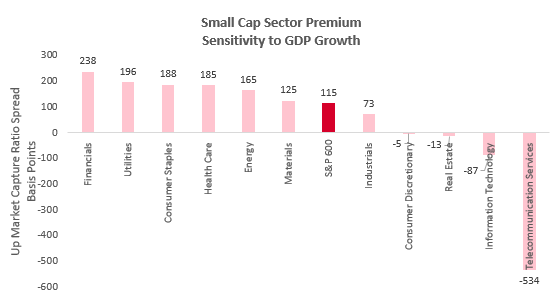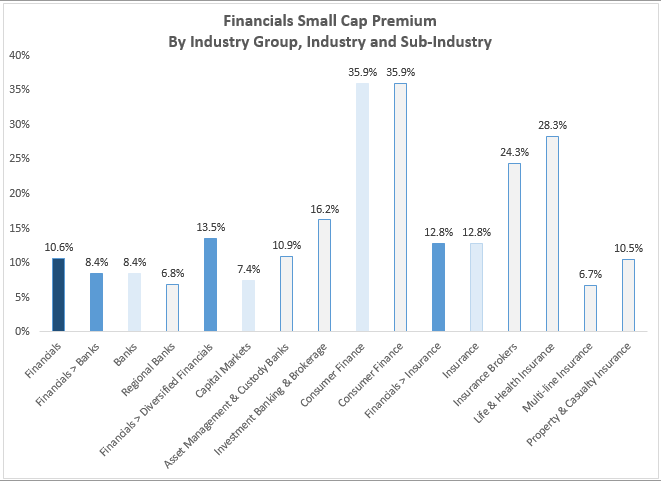In a prior blog, we highlighted that the recent Responsible Investor Europe Conference 2018 gave attendees the sense of a coming of age in the environmental, social, and governance (ESG) movement that could potentially portend a future filled with a greater sense of urgency and call for action in the sustainability world. As noted previously, the drivers behind this heightened sense of urgency stem from a changing political climate that could be potentially less favorable for global ESG issues, the Taskforce on Climate-related Financial Disclosures (TCFD) recommendations on disclosure implementation, and landmark legislative proposals that have been put forth by the European Commission.[1]
The question then arises: What does this call for urgency and action mean for future developments in ESG investing? Here we identify several key themes that we believe will garner more attention in the coming months, extending well into 2019.
- Proliferation in ESG-driven investment products on the active and passive fronts to satisfy growing demand, especially from Millennials: The compound annual growth rate (CAGR) of ESG-specific assets rose 23% from 2014 to 2016, compared with the industry average CAGR of 5%.[2] To meet this continued demand, there will be more ESG-related investment products coming to market, as product sponsors continue to build out and extend their suite of ESG offerings.[3] While many products will incorporate standard ESG exclusions, market participants should also expect to see indices and products that incorporate more forward-looking data that follow TCFD recommendations. The Church of England’s Pension Board also announced plans to develop its own index backed by the Transition Pathway Initiative’s analysis of 105 of the world’s largest and highest-emitting public companies across the coal mining, electricity, and oil & gas industries.[4]
- S-related issues will continue to be at the forefront: According to a new paper released by the Harvard Kennedy School, “Money, Millennials and Human Rights: Sustaining ‘Sustainable Investing’,” the S in ESG investing is “by far the weakest” element, and the S subcomponent yields the lowest correlation in a comparison of S scores across different rating providers. It recommends that the United Nations Guiding Principles on Business and Human Rights serve as the basis of what analysts, rating providers, and investors measure when it comes to the S aspect. The paper cites an NYU study that revealed that only 12% of S-ratings products target investors as the primary audience, versus 97% and 80% of E- and G-ratings-based products, respectively. Owing to this void in the market, we expect to see more S-related investment products coming to market.
- More research on ESG and materiality in a push to classify ESG indicators from “non-financial” to “extra-financial”: In order to integrate ESG factors into the financial analysis process, there will have to be a rethink in the financial industry, leading to a mind shift in classifying ESG information away from the term “non-financial,” which has negatively affected ESG adoption by analysts and portfolio managers in the past. In order to get to the goal of greater acceptance, there will need to be more continued in-depth research examining ESG and materiality. The classification of ESG data as “non-financial” can evolve and take on more significant financial interest to investors and become more aptly “extra-financial.”
There is ample evidence that the three trends are already starting to take shape, with more product sponsors filing for ESG-related investment products. Going into the second half of 2018 and into 2019, we are confident that the above trends will come to fruition, as ESG participants feel the pressure to integrate and implement ESG strategies as it transitions to the mainstream.
[1] The European Commission has confirmed its first four legislative proposals to spur sustainable finance in the region, covering green definitions and taxonomy, investor duties, retail investing, and benchmarks. In reference to the fourth pillar, the European Commission plans to use a delegated act to create a new category of benchmarks focused on climate mitigation. The first will be a conventional low-carbon benchmark, which will serve to “decarbonize standard benchmarks” by selecting stocks with lower emissions. For those investors that want to be 2 degrees Celsius compliant, the second benchmark—which is described as “impact” focused—will be more ambitious and will seek to meet the Paris Agreement whereby a company’s carbon savings outstrip its carbon emissions. European Commission: Press Release Database “Sustainable finance: Making the financial sector a powerful actor in fighting climate change.” May 24, 2018.
[2] Kim, Crystal. “Could ESG Become the Wrapper for All Investing?” Barron’s. June 23, 2018
[3] Vanguard recently announced that it had filed for two ESG exchange traded funds (ETFs)—the Vanguard ESG U.S. Stock ETF and Vanguard ESG International Stock ETF. These indices will exclude controversial industries such as weapons, fossil fuels, etc., in addition to incorporating additional screening for criteria such as diversity, human rights, and anti-corruption. Vanguard. “Vanguard Files For Two New ESG ETFs.” June 27, 2018.
[4] The Church of England. “Archbishop of Canterbury’s comments at Transition Pathway Initiative summit.” July 2, 2018.
The posts on this blog are opinions, not advice. Please read our Disclaimers.




















































